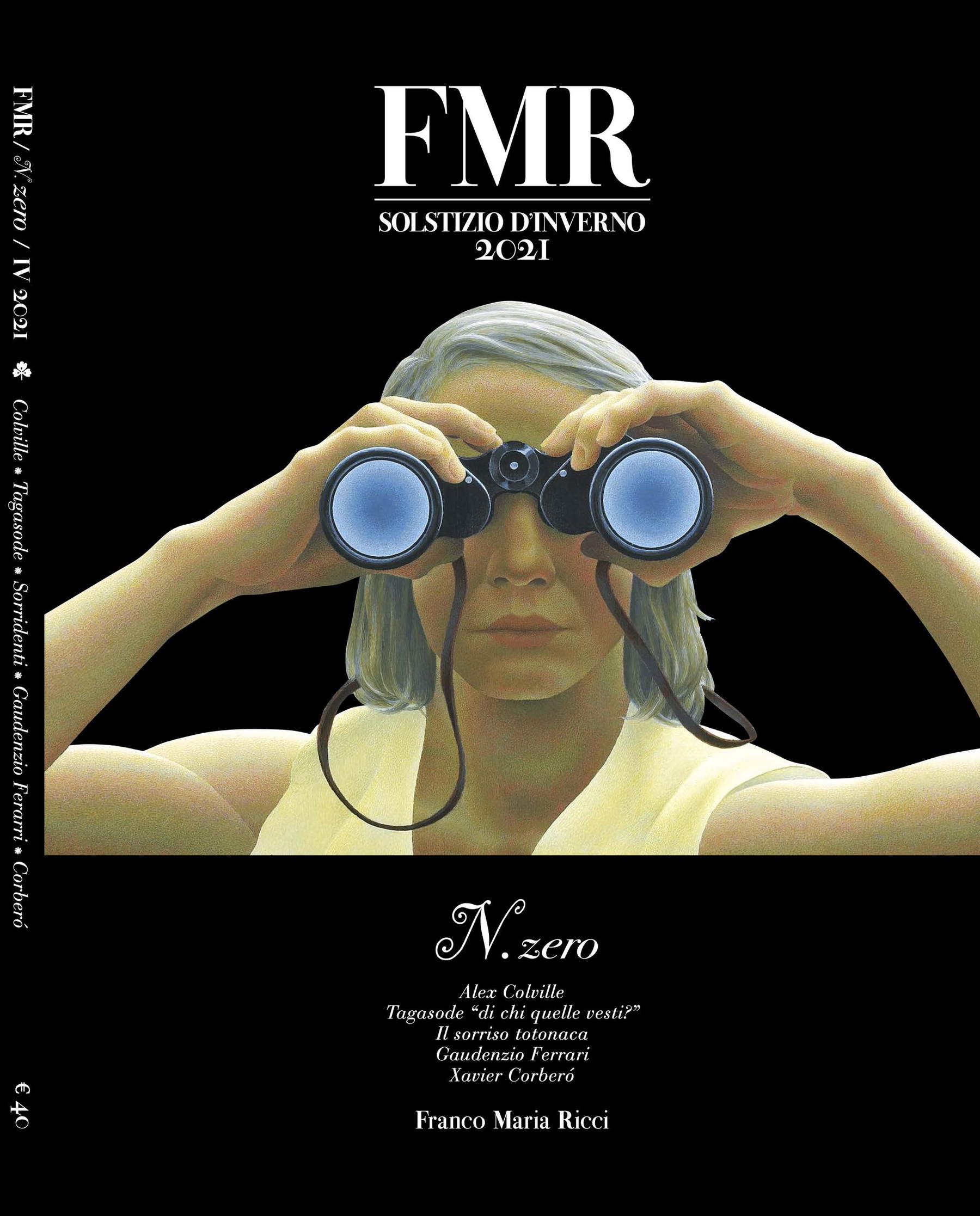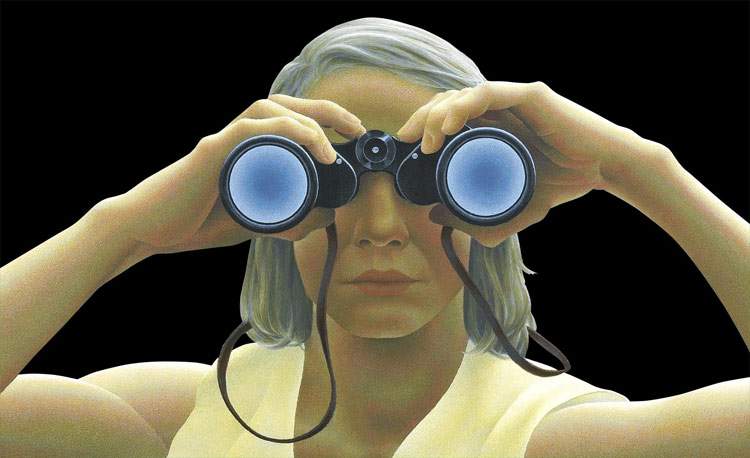Issue Zero of the new FMR is out. Here's what it contains
Issue Zero of the new FMR magazine, the highly prized title founded by the late Franco Maria Ricci that resumed publication this year, is now out. Franco Maria Ricci, in the last years of his life, had in fact stubbornly cultivated a dream, that of recovering the magazine and the brand of a publishing house that had baptized hundreds of important and splendid books, as well as the art magazine judged by many as the most beautiful in the world.
FMR is now officially reborn and these days is publishing Issue Zero, the Franco Maria Ricci publishing house’s Christmas gift to those who subscribe for 2022. Making this possible is a new editorial staff, led by Laura Casalis at editorial and artistic direction and editor Edoardo Pepino, and a pétit comité of advisers, consisting of Giorgio Antei, Massimo Listri, Giovanni Mariotti, Gabriele Reina and Stefano Salis. Sharing its spirit and intent, already a large group of esteemed scholars and writers have welcomed the revival of the journal: there will be writers such as Héctor Abad Faciolince, Pietro Citati, and Orhan Pamuk, and scholars such as Christian Beaufort-Spontin, Jean Blanchaert, Gian Carlo Calza, David Ekserdjian, Sylvia Ferino, Caterina Napoleone, Pierre Rosenberg, Vittorio Sgarbi, Edward Sullivan, and Óscar Tusquets Blanca, to name but a few.
“This, which comes out in the days of the winter solstice of 2021, is an ’out-of-series’: number Zero. We are tuning the instruments (or perhaps, waiting for the curtain to open, we are already at the Overture),” writes Laura Casalis. “In the 1982 editorial Franco Maria Ricci wrote: ’To those who believe that this adventure of mine can give Italy the primacy of the most beautiful art magazine that has ever existed, I dare to ask you to become my accomplice and my partner. By subscribing, or giving your subscription as a gift to those you love and those you esteem, you will help me make FMR live that real life that neither the assistance of power nor the patronage of consumption can give.” The world has changed, but in those words I find nothing to change."

Issue Zero opens and closes with two columns, Hors d’oeuvres and Mignardises, presented as “appetizers to whet the appetite and delicacies to end the meal with something sweet.” Opening for the Four Winds column is the unpublished writing in Italian L’ ultimo viaggio by Franco Maria Ricci, which literally recounts his last trip out of Italy, to Portugal, a tribute to a terminal land and one of its symbols, the Monastero dos Jerónimos. For the column Congetture (Conjectures), Bruno Zanardi takes us to discover an unusual portrait of Dante that hides behind the frame, a mysterious leaflet with the name Degas. In closing, the Auctions column edited by Massimo Navoni and Library by Carlo della Grivola reviews the volume La Chine en Miniature by Franco Maria Ricci Editore, a curious and eclectic, as well as incredibly detailed, portrait of 18th-century China with nearly two hundred fascinating illustrations.
Five articles in Issue Zero. In The Long Love of Alex and Rhoda, Giovanni Mariotti has chosen thirteen canvases by Canadian painter Alex Colville that trace an extraordinary tale of love spanning seventy years. Gian Carlo Calza signs Tagasode “Whose clothes are those?”, the unanswerable question that a poet formulated at the origins of Japanese literature and that centuries later inspired ingenious artisans in the creation of screens, dreamy artifacts that touch with extreme delicacy the chord of Eros in absence. Giorgio Antei’s The Totonaca Smile reveals how from excavations in the Veracruz region of the highlands of southern Mexico, despite the barrenness of the landscape, smiles of an unseen gaiety have come to light: to all the figures that have emerged a mysterious smile, or open laughter, illuminates their faces. In The Gospel According to Gaudentius, Vittorio Sgarbi reveals the wonders behind the severity of Franciscan churches, such as the sanctuary of the Madonna delle Grazie in Varallo, where Gaudentius Ferrari left us a Renaissance version of the Biblia Pauperum of dazzling beauty. Finally, the four-handed piece Arcs de cel in which Pablo Bofill and Nicolas Véron tell the story of sculptor and architect Xavier Corberó, the protagonist of an artistic season that elevated Catalonia to the capital of modernity, who sealed his legacy as a creator, wise and lighthearted, in the meanders of a gigantic construction made above all of emptiness, not just any emptiness.
Franco Maria Ricci’s goal since 1982, when he launched FMR magazine, was to tell and show art as it had never been done before, and it was, indeed, a worldwide success. The ambition of the renewed FMR is to continue on the same path and offer the reader, along with the seduction of images, the pleasure of reading. The originality of the choices, the elegance of the layout, the quality of the texts combined with a very high quality of the images will be similar to the first season of FMR, with the intention of being a stimulus for the imagination and the mind, moving eclectically between art, architecture and design. FMR will be published in two editions, Italian and English, and will be a “seasonal gift” because it will come out four times a year. FMR magazine is printed in Italy by Grafiche Milani types, one of Milan’s historic printers, which has already sent Franco Maria Ricci’s celebrated works to print.
 |
| Issue Zero of the new FMR is out. Here's what it contains |
Warning: the translation into English of the original Italian article was created using automatic tools. We undertake to review all articles, but we do not guarantee the total absence of inaccuracies in the translation due to the program. You can find the original by clicking on the ITA button. If you find any mistake,please contact us.




























